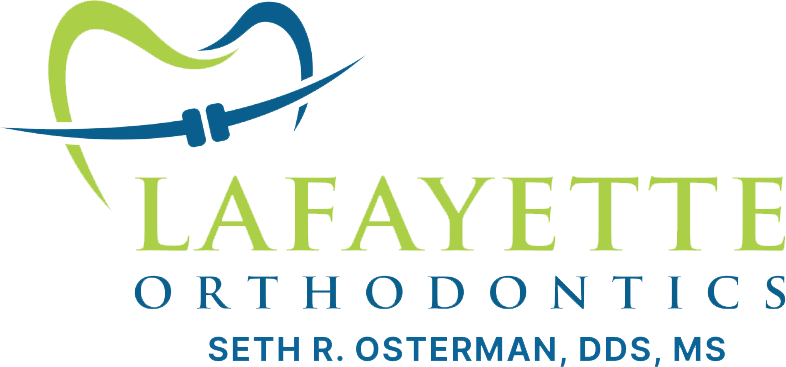Surgical Orthodontics for Jaw Alignment
Surgical orthodontics, or orthognathic surgery, is a specialized treatment used to reposition one or both jaws when traditional braces alone cannot achieve the desired results. While orthodontics focuses on aligning teeth, orthognathic surgery focuses on aligning the jaws to correct significant bite and facial imbalances. This approach delivers the most effective outcome—ensuring that the repositioned jaws also bring the teeth into their ideal alignment. The result is improved jaw function, enhanced facial harmony, and a healthier, more confident smile.
What Is Surgical Orthodontics?
Orthognathic surgery corrects jaw misalignments affecting function and aesthetics by:
Improving how your teeth fit together
Restoring proper chewing, breathing, and speech function
Enhancing facial symmetry and balance
Who Should Consider Surgery?
Surgical orthodontics is recommended for adults who have finished jaw growth and face issues like:
Improper bite alignment (malocclusion)
Jaw asymmetry or facial imbalance
Difficulty chewing, speaking, or breathing
Concerns about jaw or facial appearance
What to Expect During Treatment
Pre-surgical orthodontics (usually lasting 6 to 18 months) moves your teeth into the best position to fit together after surgery. Although your bite may feel worse during this time, surgery will reposition your jaws for correct alignment. After surgery, final orthodontic treatment continues for 6 to 12 months to fine-tune your bite. If wisdom teeth are present, removal is often necessary at least six months before surgery to ensure solid bone in the surgical area.
The Surgical Procedure
Orthognathic surgery typically lasts from one to several hours, depending on complexity. It may involve:
Separating and repositioning the rear portion of the lower jaw forward or backward
Moving the upper jaw forward, backward, raising, or lowering it
Adding or removing bone for proper alignment and stability
Repositioning or reshaping other facial bones contributing to the imbalance
Most incisions are made inside the mouth, leaving no visible scars. If external incisions are necessary, they are carefully concealed in natural skin creases.
Recovery and Healing
Most patients return to work or school about two weeks after surgery. Swelling and changes in appearance are normal and temporary as you adjust to your new jaw alignment. Regular follow-ups with your surgeon are important to monitor healing and remove fixation devices if used.
Maintaining excellent oral hygiene during recovery is critical. Your surgeon and Dr. Seth Osterman may recommend special oral care devices to assist you.
Post-Surgical Orthodontic Care
About 4 to 8 weeks after surgery, Dr. Osterman will resume treatment to refine your bite. Braces usually remain on for 6 to 12 months post-surgery. After braces are removed, retainers will help maintain your new alignment.
Benefits of Surgical Orthodontics
This combined approach:
Corrects serious functional bite issues such as open bites, underbites, and severe overjets
Enhances facial harmony and boosts confidence
Prevents long-term oral health problems like uneven wear and tooth fracture
Restores natural, comfortable bite function for chewing and speech
To find out if surgical orthodontics is right for you, contact our office to schedule a comprehensive consultation. We’ll guide you through every step toward a healthier, more confident smile.
